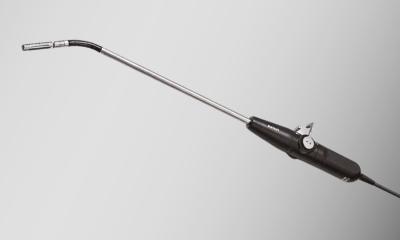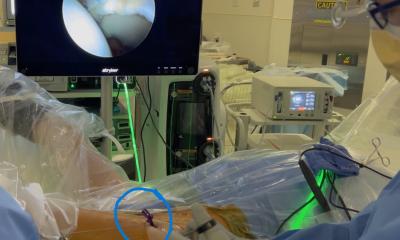CZECH SURGERY NEWS
Rotational artherectomy - Around 33,000 patients are hospitalised annually due to myocardial infarction, but only five percent actually die, thanks to the various state-of-the-art treatments mastered by Czech physicians.
Brno Faculty hospital plans to use this procedure annually for around 30 patients from South Moravia, Zlin, and Olomouc counties.
Details: http://www.fnbrno.cz/ and http://www.kardio-cz.cz/
Robot supremacy – Earlier this year, the 100th robot-assisted vascular procedure was performed at Na Homolce hospital in Prague. Specialist medical units abroad have performed about 30 robot-assisted procedures). Since its first performance of this kind in November 2005, the surgical team has gained significant experience, enabling successful surgery on its 100th female patient, whose narrowed pelvic blood vessels inhibited normal blood flow into her leg.
Robotic surgery takes about the same amount of time as a conventional procedure, but as the DaVinci robotic hand is far more precise it enables movements in a limited space and access is through small holes, so healing, recovery and hospital discharge are quicker.
Robot-assisted surgery accounts for between 5-8% of all operations — most frequently an aorta to pelvic artery(-ies) by-pass — whilst aortic and pelvic aneurysms are dreaded most by vascular surgeons.
Details: http://www.homolka.cz/ and http://www.21stoleti.cz/
Reports: Rostislav Kuklik
30.04.2008





